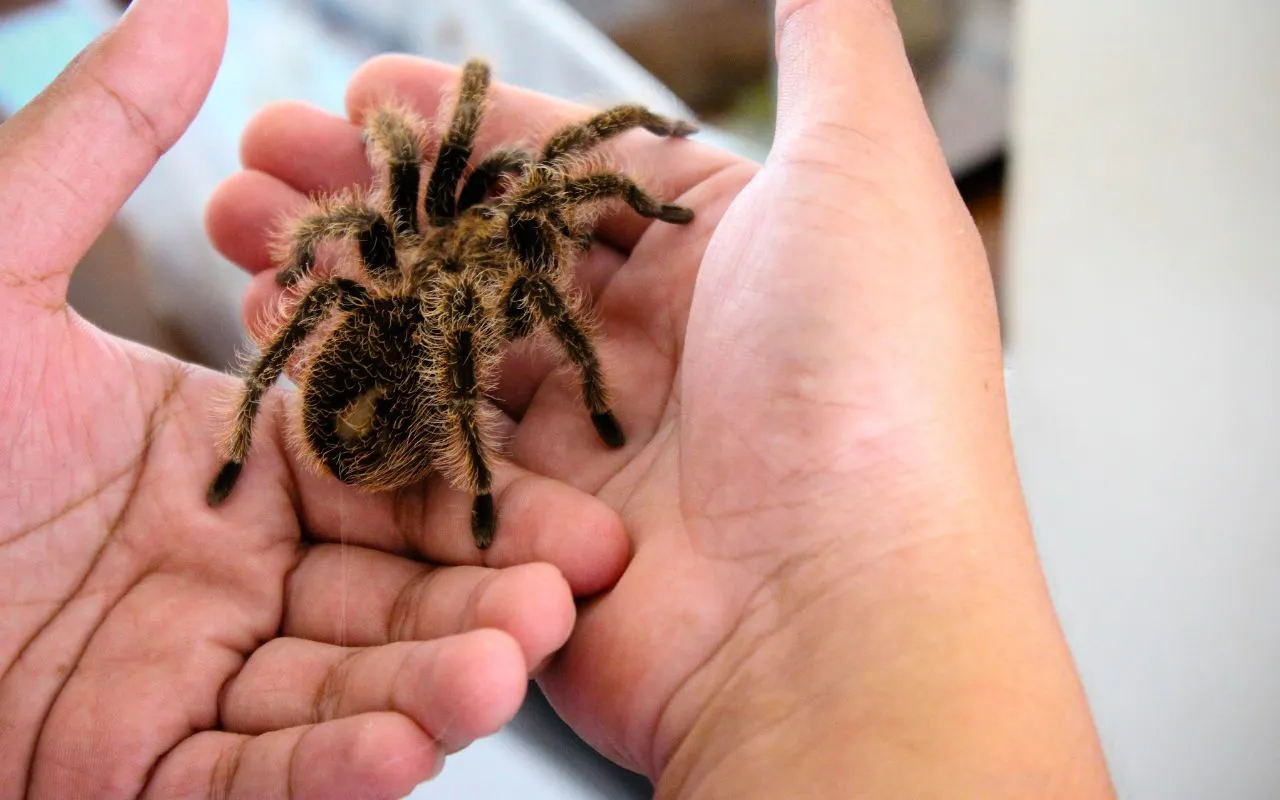What is a Tarantula?
Tarantulas are large, hairy spiders belonging to the Theraphosidae family. They are known for their impressive size, often reaching leg spans of several inches. These fascinating creatures are popular pets due to their relatively docile nature and long lifespans. Despite their intimidating appearance, many tarantula species are not highly venomous, making them manageable for responsible owners. The appeal of tarantulas lies in their unique characteristics, the variety of species, and the rewarding experience of caring for them. As a beginner, understanding the basics of tarantulas is the first step toward successful ownership.
Understanding the Basics of Tarantula Care
Caring for a tarantula involves several key aspects, including providing a suitable habitat, proper feeding, and ensuring their safety. Tarantulas thrive in specific environmental conditions, so it’s important to replicate their natural habitat as closely as possible. This means maintaining the right temperature, humidity, and substrate. Feeding tarantulas requires providing the right type and size of prey at regular intervals. The care also entails understanding how to handle your tarantula safely, recognizing signs of illness, and taking preventive measures to keep your pet healthy. Understanding these basics will help ensure the well-being of your tarantula and make your experience as a pet owner fulfilling.
Choosing Your First Tarantula

Selecting your first tarantula is a crucial decision. Start by researching different species to find one that suits your lifestyle and experience level. Some species are known to be more docile and easier to care for than others. Consider the tarantula’s size, temperament, and specific needs, such as temperature and humidity requirements. Avoid choosing a species that grows too large or has a reputation for being defensive if you’re new to tarantula keeping. The best starter tarantulas often include species like the Chilean rose hair or the Mexican red knee. These species are generally hardy, relatively calm, and have well-established care guidelines. Choosing a species wisely sets the foundation for a positive experience.
Selecting a Healthy Tarantula
When selecting a tarantula, assess its overall health and condition. Look for a tarantula that is alert and active, not sluggish or unresponsive. Check for any visible signs of injury, such as missing legs or damaged fangs. Ensure the tarantula’s abdomen is a normal size, not too thin or excessively large, which could indicate dehydration or overfeeding. Examine the tarantula’s body for any parasites or other abnormalities. A healthy tarantula should have a well-filled abdomen and clean, shiny exoskeleton. Purchasing from a reputable breeder or pet store is also essential, as they are more likely to provide healthy specimens and offer guidance on care. Always quarantine a new tarantula to observe its health before introducing it to other pets.
Tarantula Habitat Setup
Creating a proper habitat is crucial for the health and well-being of your tarantula. The enclosure should be appropriately sized for the species, allowing enough space for movement and burrowing if the species is terrestrial. The habitat should be escape-proof and provide a comfortable environment that mimics the tarantula’s natural habitat. A well-designed setup includes suitable substrate, a water dish, and decorations such as hides and plants. The proper habitat ensures the tarantula feels safe and can exhibit its natural behaviors. Investing time and effort in creating an ideal habitat will lead to a happy, healthy tarantula.
Creating a Suitable Enclosure
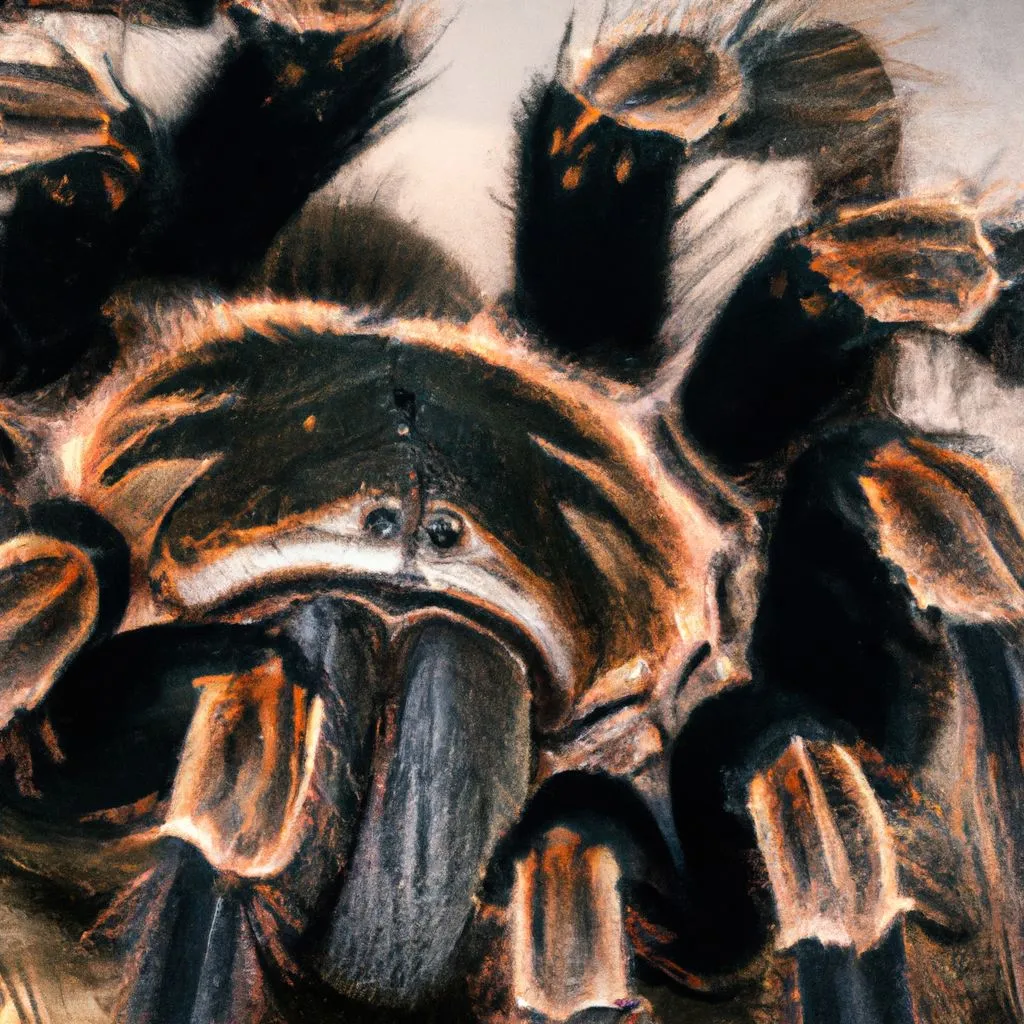
The enclosure should be made of glass or clear plastic, offering good visibility and ventilation. The size of the enclosure depends on the tarantula’s size and species; larger tarantulas require larger habitats. A good rule of thumb is to provide an enclosure at least three times the tarantula’s leg span in width and length. Add substrate at the bottom of the enclosure, such as coconut fiber, peat moss, or a mix of both. The substrate should be deep enough for burrowing species to create their underground homes. Include a water dish that is shallow enough to prevent drowning and a hide, such as a piece of cork bark or a half-log, to provide a secure place for the tarantula to retreat. Make sure the enclosure is secure, with a tight-fitting lid to prevent escapes.
Maintaining Temperature and Humidity
Tarantulas thrive in specific temperature and humidity conditions. The ideal temperature range is generally between 75°F and 85°F (24°C to 29°C) for most species. Use a heat lamp or a heat mat to maintain the right temperature if your home is too cold. Place the heat source on the side of the enclosure to create a thermal gradient, which allows the tarantula to regulate its body temperature. Maintain the appropriate humidity level based on the species. Use a hygrometer to monitor the humidity. Increase humidity by misting the enclosure with water, and always provide a water dish. Ensure proper ventilation to prevent mold and mildew. Adjust the temperature and humidity according to the needs of the specific species.
Feeding Your Tarantula
Proper feeding is essential for your tarantula’s health and growth. Offer a diet that is appropriate for the species and life stage. The type of food and feeding schedule vary depending on the tarantula’s needs. Overfeeding can lead to health issues, and underfeeding can stunt growth and cause stress. Observe your tarantula’s eating habits and adjust the feeding plan as necessary. The right diet and feeding schedule will support your tarantula’s well-being. Pay close attention to how your tarantula eats and make adjustments as required.
What Do Tarantulas Eat?
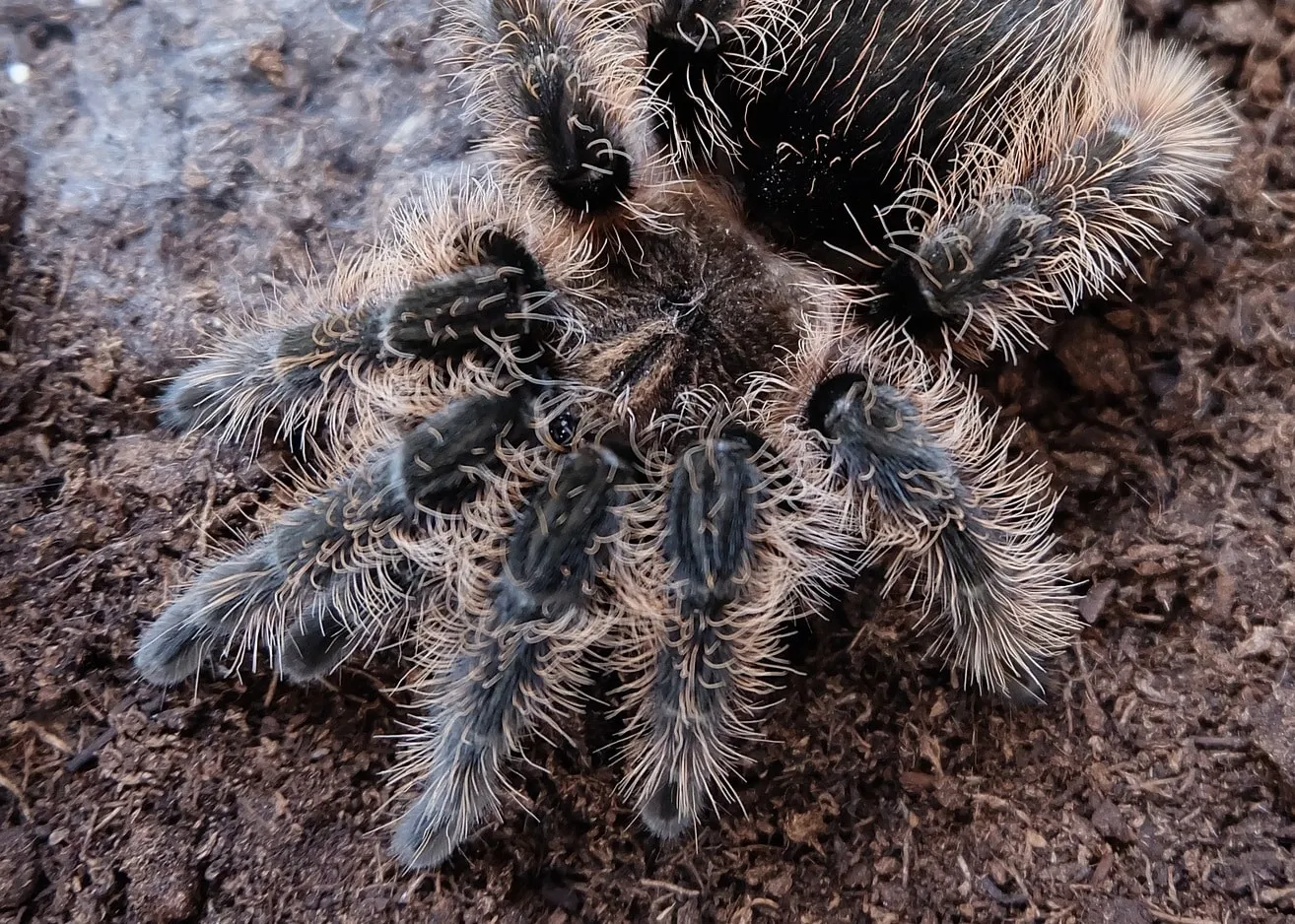
Tarantulas are primarily insectivores, meaning they eat insects. The diet of a tarantula mainly consists of live insects such as crickets, mealworms, dubia roaches, and other invertebrates. The best food choices depend on the tarantula’s size and the availability of food. For spiderlings, smaller prey items like flightless fruit flies or pinhead crickets are ideal. As the tarantula grows, you can increase the size of the prey to match the tarantula’s size. Ensure that the insects you provide are gut-loaded (fed nutritious food) before offering them to the tarantula to provide better nutrition. Always remove uneaten prey after 24 hours to prevent them from stressing the tarantula or causing injury.
Feeding Frequency and Portion Size
The feeding frequency depends on the tarantula’s age, size, and metabolism. Spiderlings should be fed more frequently, perhaps every other day, while adult tarantulas can eat less often, often every week or two. Offer no more than one or two appropriately sized insects per feeding. The general rule of thumb is to offer prey that is no larger than the tarantula’s abdomen. Observe your tarantula’s feeding habits and adjust the frequency as necessary. If your tarantula refuses food or appears overweight, reduce the feeding frequency. Always provide a fresh water source, and keep the enclosure clean to promote healthy eating and digestion.
Handling and Safety
Handling a tarantula should be done with caution and respect. While some tarantulas are docile and can be handled, others may be defensive and prone to biting. Before handling, learn about your tarantula’s species and its temperament. Always approach handling with care and ensure you understand the risks involved. Proper handling techniques and safety precautions can minimize the risk of injury to both you and the tarantula. Prioritize the tarantula’s well-being and handle it only when necessary. Be prepared for different scenarios and always have a safe plan in place.
Proper Handling Techniques
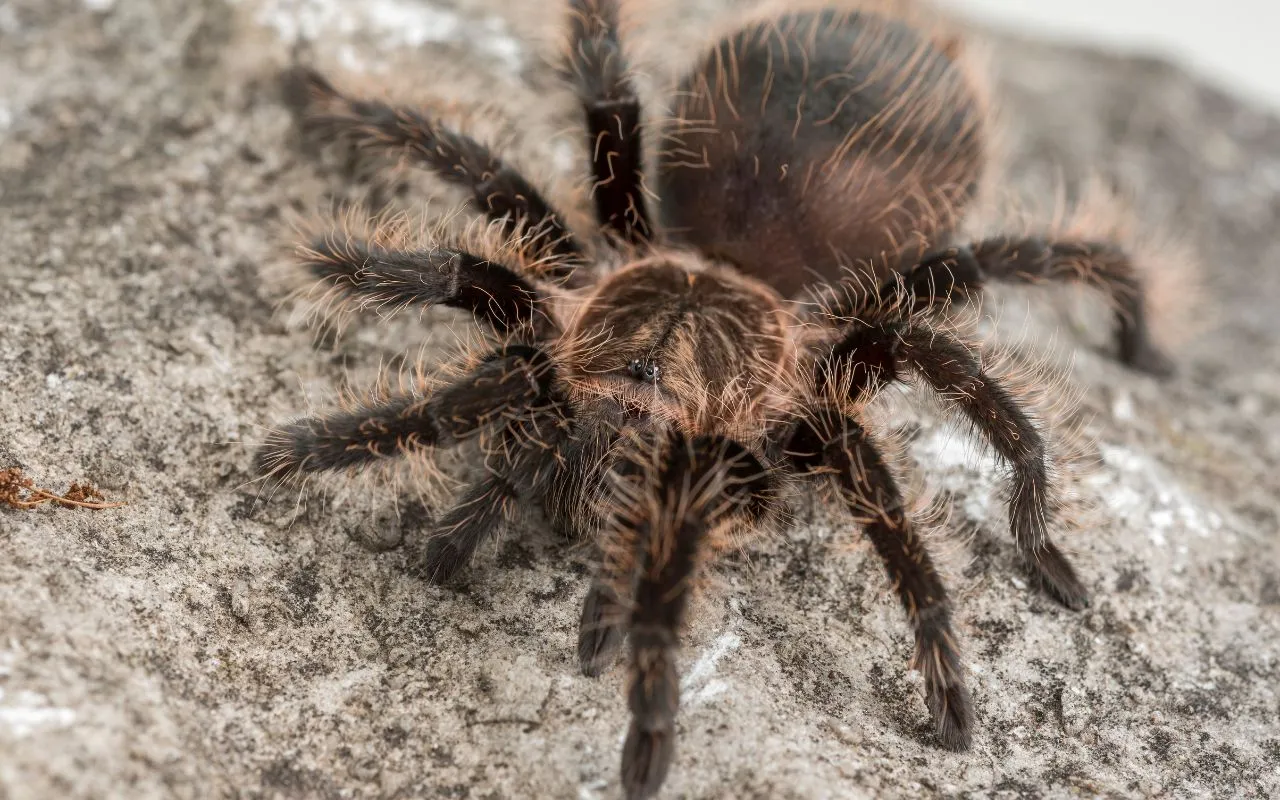
If you choose to handle your tarantula, do so gently and slowly. Approach the tarantula from the side to avoid startling it. Use a soft brush or other tool to encourage the tarantula to move onto your hand, rather than picking it up directly. Never hold the tarantula high above the ground, as a fall can cause serious injury. Keep your movements slow and deliberate, avoiding sudden motions. Allow the tarantula to explore and move at its own pace. Avoid squeezing or restraining the tarantula. If the tarantula seems stressed or agitated, gently place it back in its enclosure. Always wash your hands before and after handling your tarantula to prevent the spread of germs or exposure to chemicals.
Safety Precautions to Take
Always prioritize your safety and the safety of your tarantula. Identify and be aware of the tarantula species and its possible defensive behaviors. Know the risks, such as bites or urticating hairs, and take steps to mitigate them. Wear gloves and eye protection, if needed, especially when handling defensives species. Keep children and other pets away during handling to minimize stress and prevent accidental injury. Have a first-aid kit ready with antiseptic and other essentials in case of a bite or irritation from urticating hairs. Educate yourself about tarantula bites and how to respond in the event of a bite. Never handle a tarantula if you are unsure or feel uncomfortable. If in doubt, it is best to observe your tarantula and leave it undisturbed.
Common Tarantula Health Issues
Tarantulas, like any pet, can experience health problems. Understanding the common health issues and recognizing the symptoms is crucial for providing good care. Some health issues include dehydration, molting problems, parasitic infections, and injuries. Regular observation and preventive care can help to catch and treat these issues early. Consult with a veterinarian specializing in exotic animals if you have concerns about your tarantula’s health. Be proactive in identifying the first signs of trouble. Quick action will make all the difference in maintaining your tarantula’s health and well-being.
Recognizing Signs of Illness
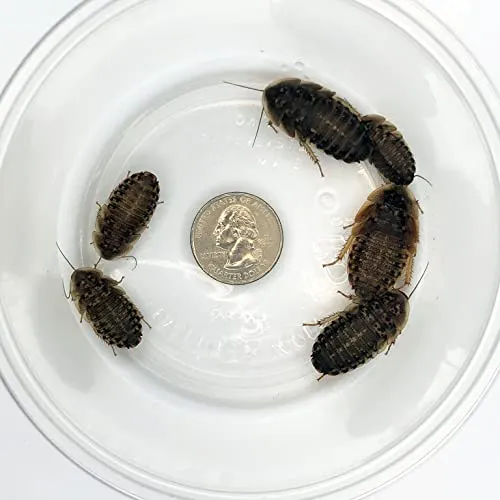
Observe your tarantula regularly for any signs of illness. Changes in behavior, such as lethargy, loss of appetite, or unusual aggression, can be signs of a problem. Look for physical symptoms such as a swollen abdomen, discolored spots on the body, or difficulty molting. Dehydration can cause a tarantula to appear shriveled, and it may struggle to move. Check the enclosure for mold or mites. A tarantula that has parasites might exhibit unusual behavior, such as rubbing its legs or abdomen against the substrate. Isolate a sick tarantula from other pets to prevent the spread of disease and consult a veterinarian immediately. Early diagnosis can improve the chances of a successful treatment.
Preventive Care for Tarantulas
Preventive care is crucial for keeping your tarantula healthy. Provide a clean and appropriately sized enclosure with the correct environmental conditions. Maintain the right temperature and humidity levels for the specific species. Feed your tarantula a balanced diet of appropriate insects. Clean the enclosure regularly to remove waste and uneaten food, which can attract pests and cause infections. Ensure access to fresh, clean water at all times. If your tarantula is showing signs of illness, isolate it from other pets. Consult with a veterinarian specializing in exotic animals for any concerns. By providing a suitable environment, balanced diet, and regular monitoring, you can help to prevent many health issues and ensure your tarantula’s longevity and well-being.
Conclusion
Caring for a tarantula can be a rewarding experience for beginners. By understanding the basics of tarantula care, choosing the right species, providing a suitable habitat, feeding properly, and prioritizing safety, you can ensure your tarantula lives a healthy and fulfilling life. Remember to research the specific needs of your tarantula species, and be patient and observant. With the right knowledge and care, you can enjoy the unique companionship of these fascinating creatures. Taking care of tarantulas can be a valuable learning experience and open a new world for you.
